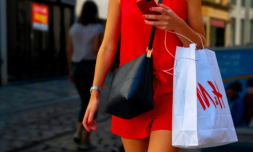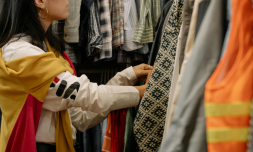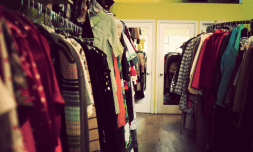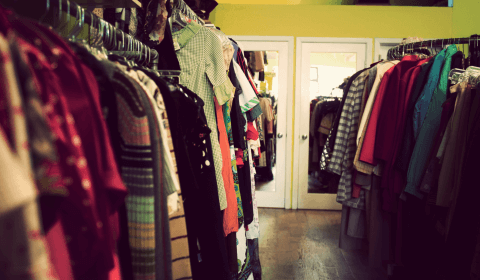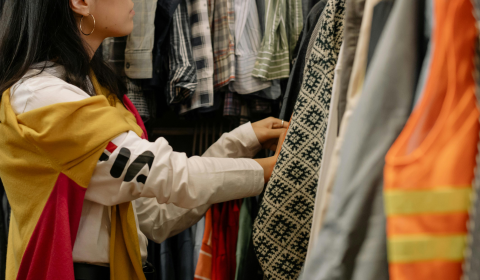Making shopping easier than ever, these addictive services are designed to encourage overspending. This poses a significant issue in the face of our current climate crisis.
Since the start of the pandemic, 23% of 18- to 24-year-olds have turned to buy now, pay later services (BNPL) when shopping online.
Designed to encourage overspending, these schemes have emerged as the ‘new normal’ for young, cash-strapped consumers, who are enticed by the option to get what they want, when they want – even if it isn’t financially viable.
Launched in 2005 but only really taking off in the last decade, the premise is simple: they enable us to buy items and pay in full up to 30 days later or split the cost into monthly instalments.
Predictably, with the shift from physical to online retail due to forced store closures during lockdown, a significant influx of shoppers using such schemes has arisen.
A scroll through #Klarna (the most successful of these services which, at present, sees two million transactions made daily) on TikTok proves this, showing some 100m videos uploaded by people flaunting their latest BNPL-financed purchases.
However, while being able to return items without losing a dime is useful because it ups accessibility, this poses a significant issue in the face of our current climate crisis.
Fanning the flames of fast fashion, BNPL has made shopping easier than ever.
In doing so, it’s teaching consumers to lean into the temptation of buying into the flurry of new aesthetics, cores, and microtrends that flood our feeds every day. As well as to ignore the catastrophic impact this is having on our already suffering Earth.
Now, it certainly doesn’t help that we’re exposed to fast fashion’s affordability, convenience, and accessibility whenever we open social media and are bombarded with targeted ads.
But having even the most deterrable of obstacles – spending money – reduced to something we can push to the back of our minds in an instant is precisely the opposite of what we ought to be doing.
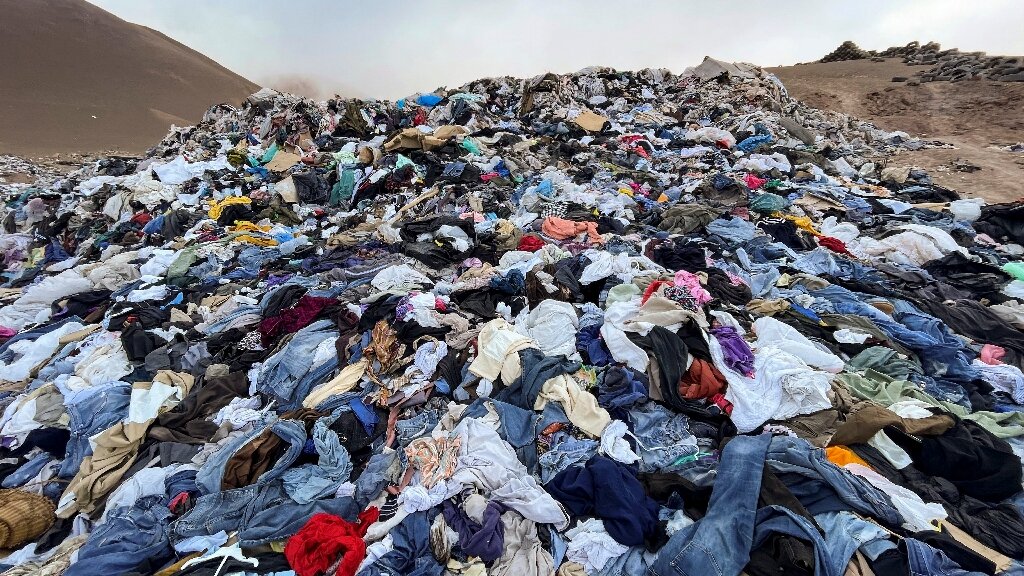
Frankly, it shouldn’t be this easy for us to splash the cash without consideration when you recall that the world is, quite literally, drowning in clothes.
‘Most of the time when I order clothes online, I end up returning the whole order,’ says Gen Zer Elicka, who uses Klarna almost exclusively for buying from ASOS.
‘I didn’t always want money to go out of my account and have to wait weeks for the refund to come in.’











